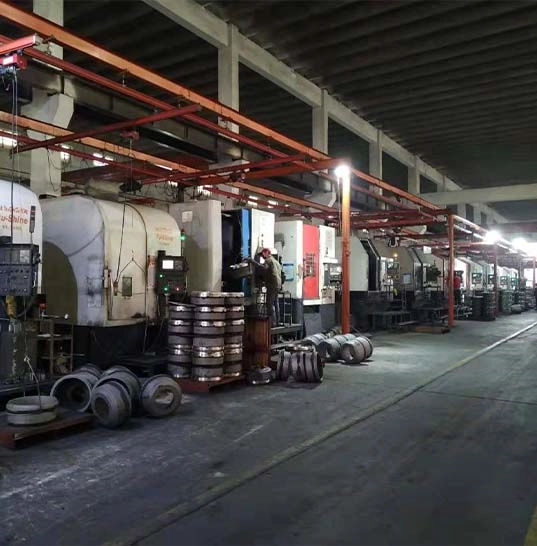
-
 Afrikaans
Afrikaans -
 Albanian
Albanian -
 Amharic
Amharic -
 Arabic
Arabic -
 Armenian
Armenian -
 Azerbaijani
Azerbaijani -
 Basque
Basque -
 Belarusian
Belarusian -
 Bengali
Bengali -
 Bosnian
Bosnian -
 Bulgarian
Bulgarian -
 Catalan
Catalan -
 Cebuano
Cebuano -
 Corsican
Corsican -
 Croatian
Croatian -
 Czech
Czech -
 Danish
Danish -
 Dutch
Dutch -
 ಆಂಗ್ಲ
ಆಂಗ್ಲ -
 Esperanto
Esperanto -
 Estonian
Estonian -
 Finnish
Finnish -
 French
French -
 Frisian
Frisian -
 Galician
Galician -
 Georgian
Georgian -
 German
German -
 Greek
Greek -
 Gujarati
Gujarati -
 Haitian Creole
Haitian Creole -
 hausa
hausa -
 hawaiian
hawaiian -
 Hebrew
Hebrew -
 Hindi
Hindi -
 Miao
Miao -
 Hungarian
Hungarian -
 Icelandic
Icelandic -
 igbo
igbo -
 Indonesian
Indonesian -
 irish
irish -
 Italian
Italian -
 Japanese
Japanese -
 Javanese
Javanese -
 Kannada
Kannada -
 kazakh
kazakh -
 Khmer
Khmer -
 Rwandese
Rwandese -
 Korean
Korean -
 Kurdish
Kurdish -
 Kyrgyz
Kyrgyz -
 Lao
Lao -
 Latin
Latin -
 Latvian
Latvian -
 Lithuanian
Lithuanian -
 Luxembourgish
Luxembourgish -
 Macedonian
Macedonian -
 Malgashi
Malgashi -
 Malay
Malay -
 Malayalam
Malayalam -
 Maltese
Maltese -
 Maori
Maori -
 Marathi
Marathi -
 Mongolian
Mongolian -
 Myanmar
Myanmar -
 Nepali
Nepali -
 Norwegian
Norwegian -
 Norwegian
Norwegian -
 Occitan
Occitan -
 Pashto
Pashto -
 Persian
Persian -
 Polish
Polish -
 Portuguese
Portuguese -
 Punjabi
Punjabi -
 Romanian
Romanian -
 Russian
Russian -
 Samoan
Samoan -
 Scottish Gaelic
Scottish Gaelic -
 Serbian
Serbian -
 Sesotho
Sesotho -
 Shona
Shona -
 Sindhi
Sindhi -
 Sinhala
Sinhala -
 Slovak
Slovak -
 Slovenian
Slovenian -
 Somali
Somali -
 Spanish
Spanish -
 Sundanese
Sundanese -
 Swahili
Swahili -
 Swedish
Swedish -
 Tagalog
Tagalog -
 Tajik
Tajik -
 Tamil
Tamil -
 Tatar
Tatar -
 Telugu
Telugu -
 Thai
Thai -
 Turkish
Turkish -
 Turkmen
Turkmen -
 Ukrainian
Ukrainian -
 Urdu
Urdu -
 Uighur
Uighur -
 Uzbek
Uzbek -
 Vietnamese
Vietnamese -
 Welsh
Welsh -
 Bantu
Bantu -
 Yiddish
Yiddish -
 Yoruba
Yoruba -
 Zulu
Zulu
Understanding the Components and Functionality of Disc and Drum Brake Systems in Vehicles
Understanding the Disc Drum Brake System A Comprehensive Overview
The braking system is one of the most critical components of any vehicle, ensuring safety and control during operation. Among various designs, the disc drum brake system is widely used for its efficiency and effectiveness. This article aims to break down the workings of the disc drum brake system, highlighting its components and functionality with the help of a diagrammatic representation.
Components of the Disc Drum Brake System
The disc drum brake system combines two types of braking technologies disc brakes and drum brakes. Each serves a unique purpose and operates in a specific manner, contributing to the overall braking efficiency.
1. Disc Brake The disc brake features a flat, circular metal disc—known as a brake rotor—mounted to the wheel hub. When the driver applies the brakes, hydraulic pressure forces the brake pads against the rotor, creating friction and slowing down the vehicle. The major components of the disc brake include - Brake Rotor The rotating part attached to the wheel. - Brake Caliper Houses the brake pads and applies pressure to them when the brakes are engaged. - Brake Pads Friction material that presses against the rotor to produce braking force.
2. Drum Brake The drum brake comprises a cylindrical drum that rotates with the wheel. Inside the drum are brake shoes equipped with lining material. When the brakes are activated, the shoes expand outward, pressing against the inner surface of the drum, generating the necessary friction. Key components of the drum brake include - Brake Drum The component that rotates and surrounds the brake shoes. - Brake Shoes Curved pieces that press against the drum to create stopping force. - Wheel Cylinder A component that uses hydraulic pressure to push the brake shoes outward.
Functionality of the Combined System
disc drum brake diagram

The combination of disc and drum brakes brings the best of both technologies into play. Disc brakes generally provide superior stopping power, particularly in high-performance applications. However, drum brakes are often favored for use in rear braking systems due to their self-energizing capabilities and reduced weight.
When a vehicle is brought to a stop, the brake pedal activates the hydraulic system. This system generates pressure that directs fluid to the calipers of the disc brakes and the wheel cylinders of the drum brakes. As the pads grip the rotor and the shoes press against the drum, the vehicle decelerates. The interplay between these two systems allows for effective braking under various conditions, including emergency stops and gradual deceleration.
Advantages of the Disc Drum Brake System
This hybrid braking solution boasts several advantages
- Enhanced Performance The disc brake's efficient heat dissipation prevents brake fade during prolonged use, while the drum's self-adjustment capabilities help maintain consistent performance over time. - Compact Design The combined design optimizes space in the braking system, allowing for lighter and more efficient installations. - Cost-Effectiveness While disc brakes are often more expensive, using drum brakes in certain positions can lower overall manufacturing costs.
Conclusion
In conclusion, the disc drum brake system represents a significant advancement in automotive technology, merging the strengths of both disc and drum brakes. Understanding its components and functionality is crucial for automotive enthusiasts, mechanics, and anyone interested in vehicle safety. With continued innovation in materials and design, the disc drum brake system is expected to evolve further, ensuring safer and more reliable driving experiences for all.
-
What Are Drum Brakesಸುದ್ದಿJul.07,2025
-
Understanding Brake Drum Materialಸುದ್ದಿJul.07,2025
-
Semi-Trailer Brake Drum: A Key Component for Extreme Loads and Long-Distance Transportಸುದ್ದಿJul.07,2025
-
Drum Brake Pads for Saleಸುದ್ದಿJul.07,2025
-
Brake Drums for Saleಸುದ್ದಿJul.07,2025
-
Brake Drum Manufacturerಸುದ್ದಿJul.07,2025
-
Aluminum Brake Drums: The Future of High-Performance Carsಸುದ್ದಿJul.07,2025
